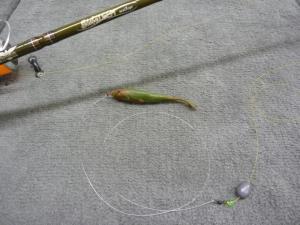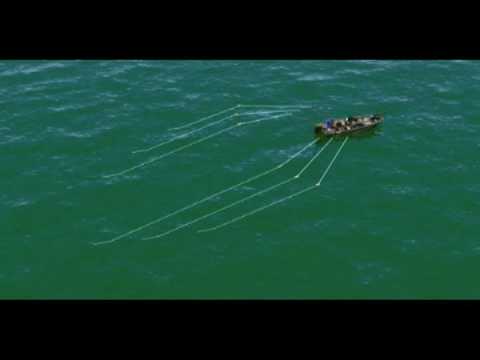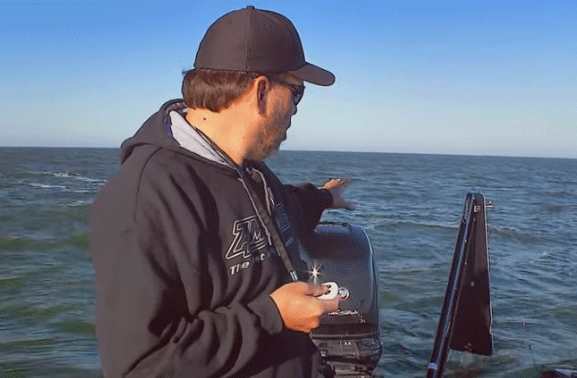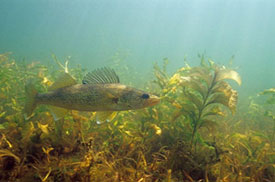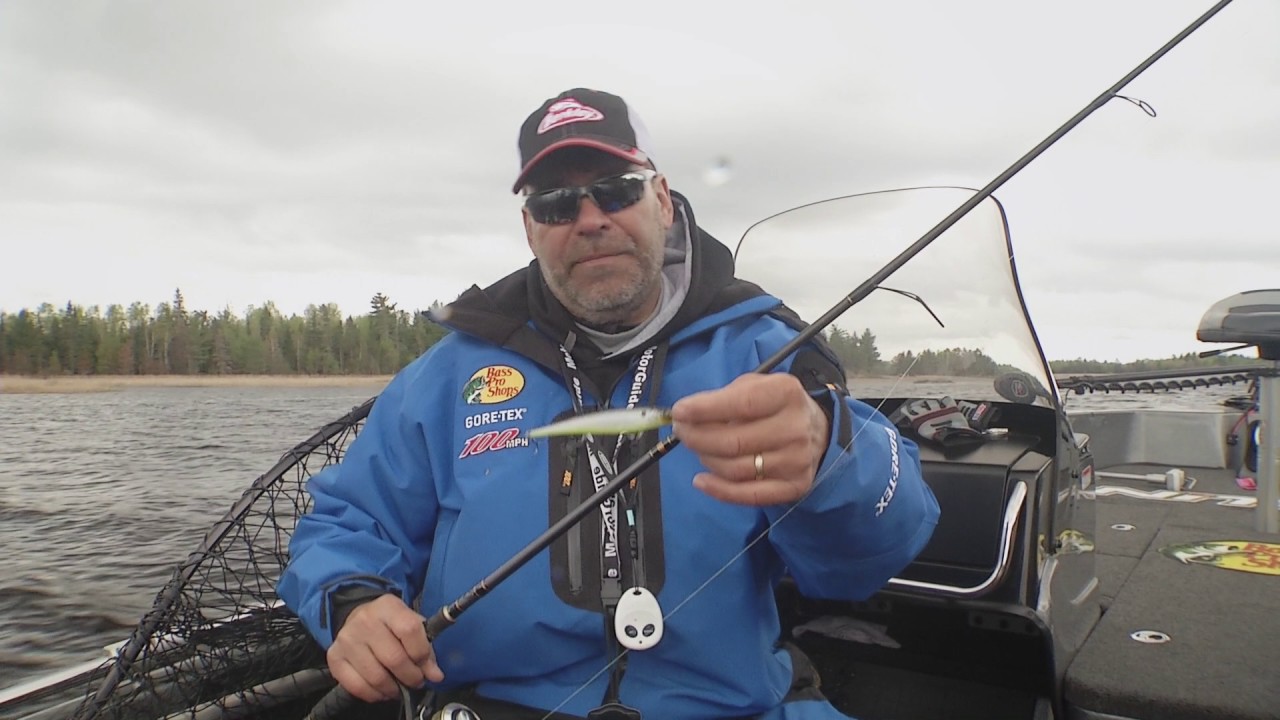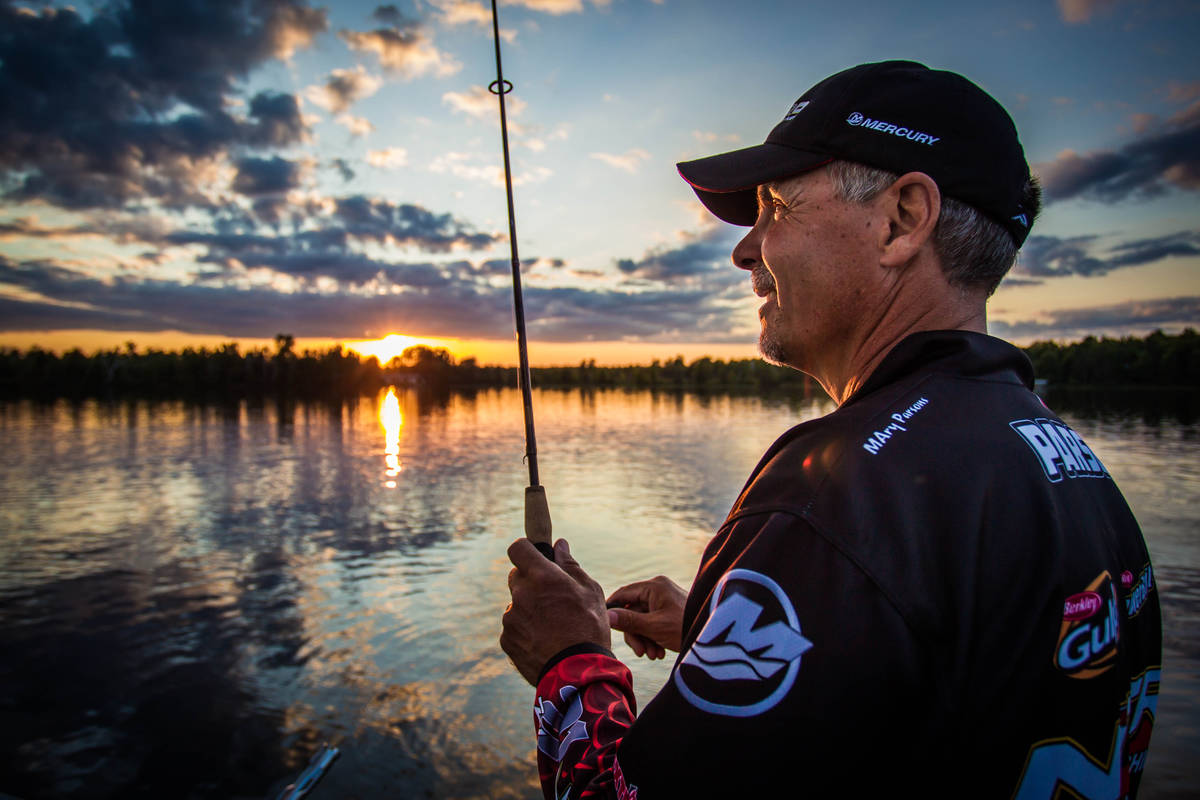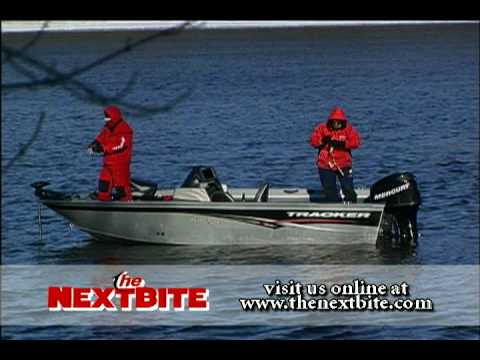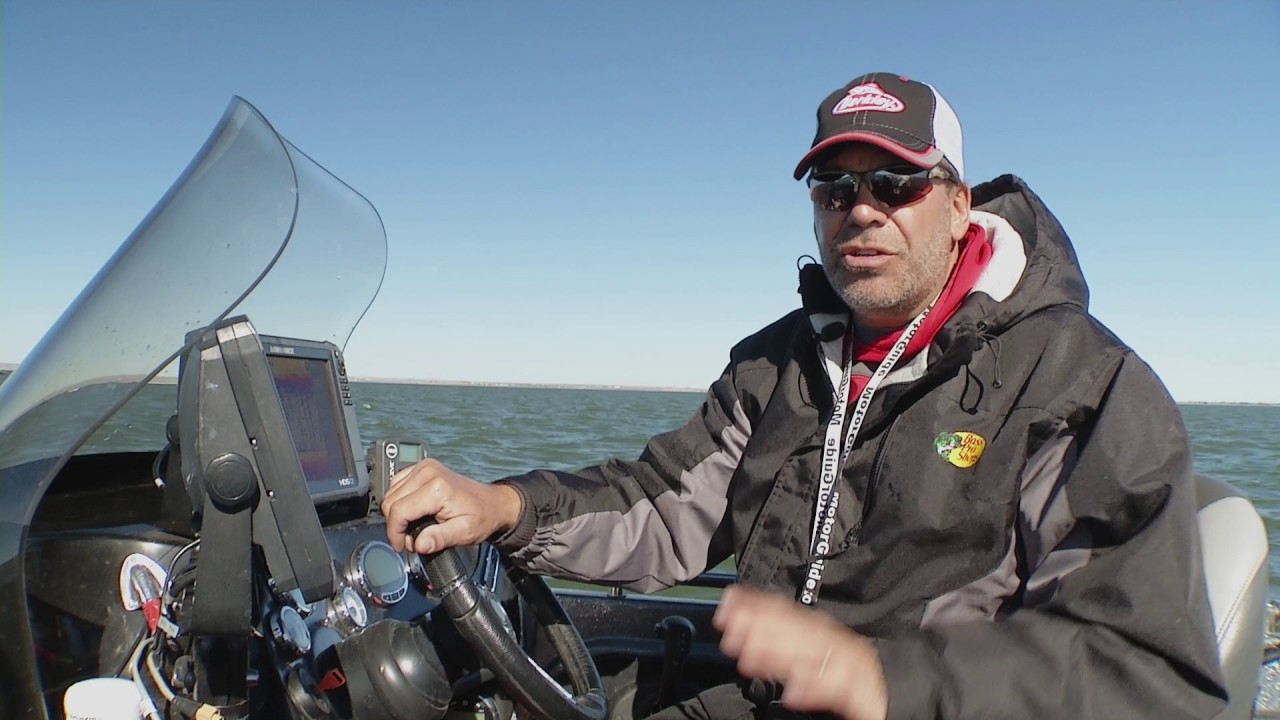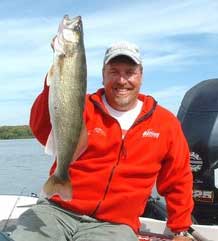
Defining structure in any given system can be a challenge, lakes and reservoirs especially. However, rivers act as a big billboard showing anglers exactly where structure is located as the flowing water rushes around and over it. The savvy ‘River-Rat’ knows what kind of structure is creating the current break and can adapt presentations appropriately.
How you fish the different aspects of each structural element varies differently. For example the fish staged above the current break might be more active than those below the current break thus two totally different presentations might be necessary to entice bites. There are many things that create current breaks in rivers such as shallow rocks, eddies, blow-down timber, rock piles, wing dams, islands, and other man made structures.
The most obvious and often the most productive of these many structures are wing dams. Wing dams are manmade barriers that only extend partially into the river. These structures force water into a quickly moving central channel, which slows the build-up of sediment, while slowing water flow near the riverbanks. These structures serve as “speed bumps” for the water, aid in river navigation, and reduce bank erosion. They also provide an excellent dining room table for hungry ‘eyes.
Total Solutions Technique
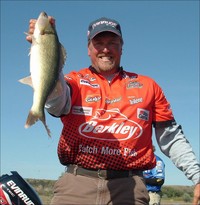
“The newer the wing dam, the better,” explains veteran walleye pro, Tommy Skarlis. “The porous rock attracts the entire food chain and creates a smorgasbord of feeding opportunities in river systems. As the water continually rushes over these rocks, it creates a trough near the behind and near the base of the structure offering the fish a place to rest out of the current. As the water hits the wing dam and is forced over and around it, a bulge is created.”
“Walleyes prefer to sit in that upside-down underwater eddy; they can sit in this slack water area and hardly exert any energy when a meal comes by,” he continues. “However, I will fish, almost exclusively, the front and top of a wing dam. Under a moderate current situation the active fish will typically be found on the middle one-half to three-quarters of the dam. On a shallow wing dam with moderate current you will find the fish spread out all the way out to the tip.”
“Under fast, ‘rock ‘n roll’ current, the fish will be up tight to the bank,” Skarlis continues. “More specifically, they will be right in the ‘elbow’ where the wing dam shoots perpendicular from the bank. But, under slower flowing water, they can be found out towards the tip and even down stream a ways in the eddy that is created. As rivers vary greatly from bend to bend, so do wing dams. Fish a bunch of them, be creative, and you will find the fish.”
Skarlis says. “I will use from a 1/8 up to 3/8 oz. jig depending on the flow. In general, you will want something moving slow so you can keep the bait in the strike zone longer, catching all the hungry fish. The fish are on the wing dam to eat, plain and simple.”
Total Solutions Equipment
Skarlis’ favorite jigging baits by far are a Berkley Ripple Shad or a Berkley Gulp Minnow. If there is big shad in the system, he will put a four incher on the bottom and a three incher double-deckered on top. Or he often likes to piggyback a live shiner in conjunction with a Gulp Minnow on the top. (Skarlis insisted that he learned those two techniques from the Jedi-Masters themselves, Kavajecz and Parsons.)
The more neutral or negative those fish are, the more they will require Gulp, live bait, or a combination of both. You will have to gauge their mood before hand, but don’t be afraid to experiment with different combinations until you find what they are after.
Skarlis recommends spinning gear loaded with six to eight pound test Berkley Trilene Sensation in Mint Solar as the visibility allows him to see where the line is located in the current adjacent to wing dams, but also to see strikes that you might not be able to feel because of the current. If the current is stronger, Skarlis prefers 8/3 (8 pound test/3 pound diameter) or 6/2 (6 pound test/2 pound diameter) Flame Green colored Berkley FireLine. Or a 10/2 (10 pound test/2 pound diameter) Spiderwire Stealth, as the braids cut the water better and the ability to contact fish is much higher.
Skarlis prefers a seven to seven and a half foot medium-fast action spinning rod, and he likes to match that up with a reel that has anti-reverse. In this case a Pflueger President Series or an Abu Garcia REVO SX Series works best. The smaller sized models of these reels tend to balance better with the light-weight rods and tackle used in this tactic.
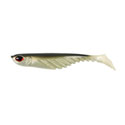
Berkley Ripple Shad |
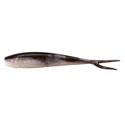
Berkley Gulp Minnow |
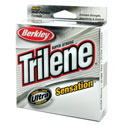
Berkley Trilene Sensation |
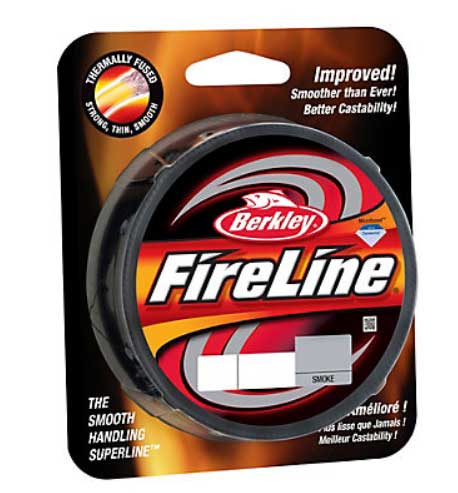
Berkley FireLine |
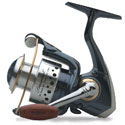
Pflueger President Series |
Abu Garcia REVO SX Series |
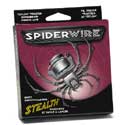 Spiderwire Stealth |

